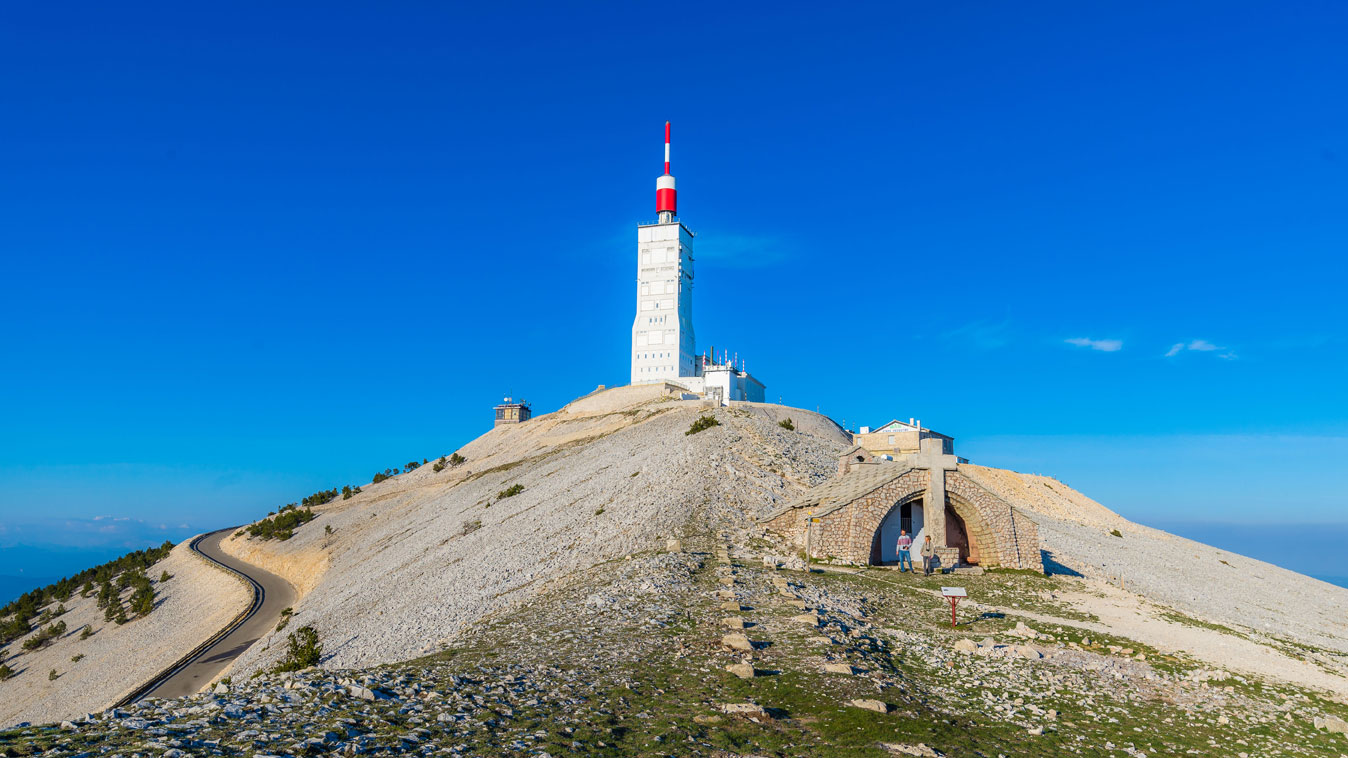
In this original, quirky novel, the unnamed narrator, let’s call him “N”, is steeped in every aspect of the Luberon, the part picturesque, part wild and dramatic mountainous area of central Provence where he has always lived: the landscapes, wildlife, legends, customs, local recipes, Occitan language and writers – and continual presence of the mistral, the unpredictable, often violent wind from the north-west.
When his retired neighbour, M. Sécaillat discovers what look like archaeological remains in his cherry orchard, N manages to persuade him not to bury them quickly in order to avoid the hassle and red tape involved in reporting them, as the law requires. Instead, taking advantage of his wife’s timely trip abroad, N somehow arranges extended leave and works with Sécaillat on a full excavation of what proves to be a hot spring with apparent healing powers, presided over by the carving of an enigmatic stone goddess. To salve their consciences, N leaves on the doorstep of the local museum cases of the “toutouros”, the clay horns which the two men have painstakingly glued together.

Will they be tracked down by local council officials or the police and fined, even imprisoned? If, on the other hand, they destroy the evidence, will they arouse the wrath of Vintur, the ancient god of the mountains, and his capricious son, “Le Mistral” wind, and if so, what form will revenge take?
Midway, this novel changes tack, drifting into a surreal mix of weird incidents, waking dreams and fantasies linked to legends, which a cynical reader might attribute largely to the narrator’s disturbed mental state and possible autism. I enjoyed the vivid sense of place supported by the possibility of locating many of the landmarks on Google images: the rare short-toed snake eagles to be glimpsed at the Madeleine Cliff, or the summit of Mount Ventoux, sometime finishing post for the Tour de France, with its memorial to the British cyclist Tom Simpson who died of heat exhaustion there. The Provençal recipes and customs are intriguing, like the tradition dating from pagan times and adopted by the Catholic church, of sowing on Saint Barbara’s Feast Day (December 4th) the seeds of corn, chick peas and lentils to represent the Trinity, destined to form part of the Christmas decorations.
I found the second part overlong, and at times too “off the rails” for my taste. I kept reading because, apart from some powerful descriptions, flashes of wry humour and learning a lot about the Luberon which I would now hope to visit, the novel is packed with useful idioms for a student of French. Although the narrator himself is not, as a few readers have noted, a particularly likeable character, who does not deserve his long-suffering wife Blanche, his well-observed white pet cat, Le Hussard (by reason of his striking black legs, which resemble the knee high military boots of a hussar), is a very appealing presence.